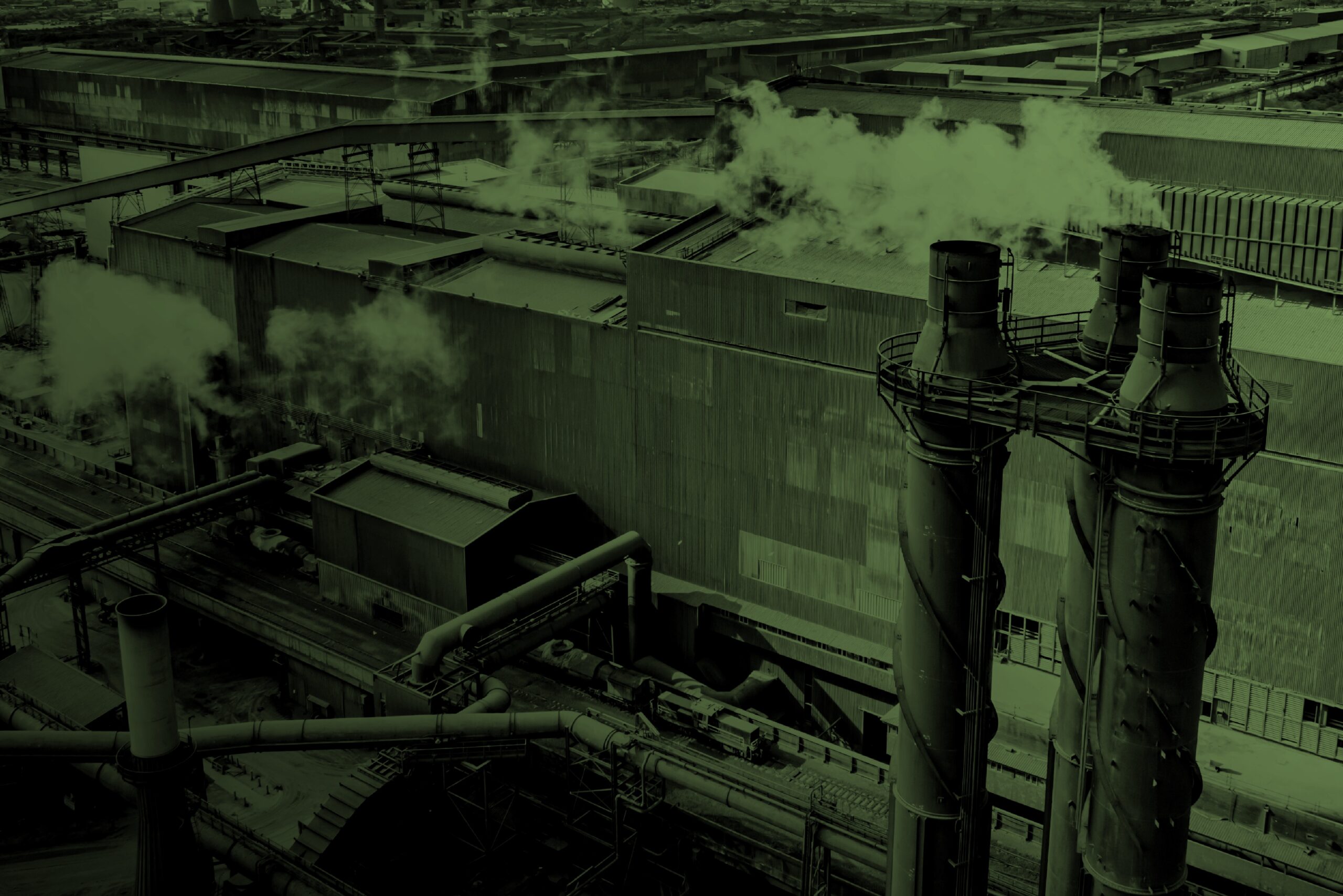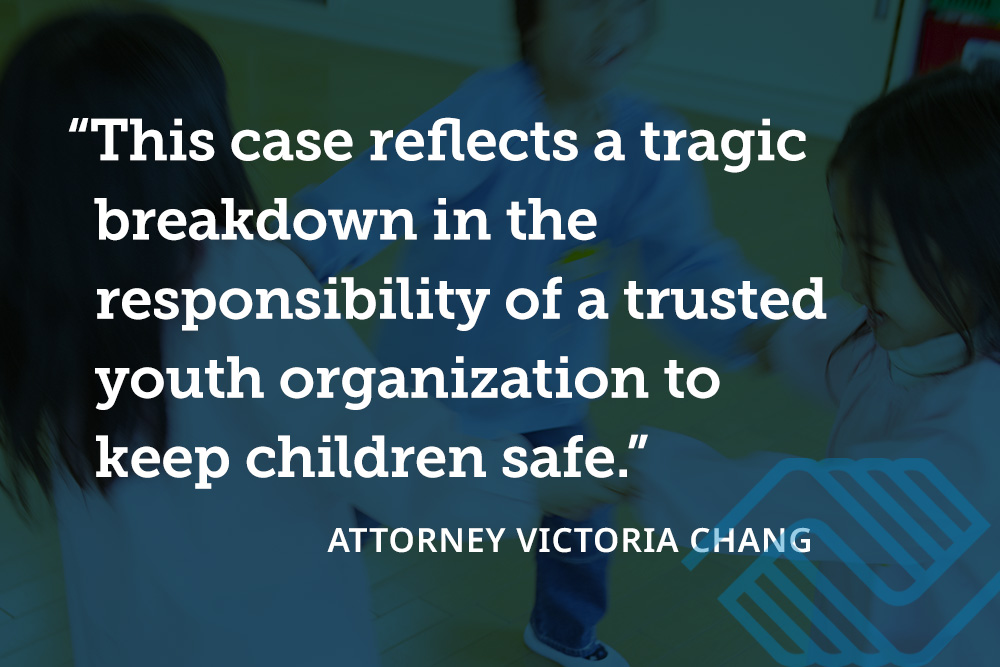For the past decade, the City of San Francisco has been working with the Lennar Corporation to redevelop the Hunters Point Naval Shipyard (HPNSY) into a new residential community. Unfortunately, these plans have been mired in controversy due to the presence of toxic asbestos dust and other carcinogenic materials at the former Navy shipyard. Residents of the surrounding neighborhood fear that they may be exposed to asbestos, PCBs, and other harmful substances as a result of construction activities at the site, and there have been a number of serious protests in opposition to the development. In 2007, Lennar was even sued by two of its own former executives, who claimed that the company maintained a “code of silence” to discourage employees from raising questions about potential health violations at the site.
On the other hand, state and city officials have long contended that the project is safe. Both the California Department of Health and the Bay Area Air Quality Management District investigated the issue in 2007, and found that Lennar was taking adequate steps to protect surrounding residents against the hazards of asbestos. This finding was confirmed by a draft EPA report obtained by the San Francisco Chronicle on January 5, 2010, which found that Lennar’s dust control program was effectively minimizing the generation of asbestos dust, and limiting asbestos exposure in the surrounding community.
However, many residents are still not convinced. They point out that Lennar was recently fined over $515,000 for major dust-control violations. Bay Area air district officials found that Lennar had failed to properly calibrate its dust monitoring equipment, so that the company could not accurately measure the levels of asbestos dust in the air. Lennar was also cited for failing to maintain wash stations to remove asbestos dust from vehicles leaving the site.
Asbestos At Hunters Point
Hunters Point Naval Shipyard, also known as Treasure Island Naval Station-Hunters Point Annex, was a major center for the building, repair, and servicing of Navy vessels from World War II through 1976. Like every other Navy shipyard during this era, Hunters Point Naval Shipyard contained literally tons of asbestos materials. Most surface vessels from the 1940s through the 1970s required asbestos insulation on the piping and equipment, as did nuclear-powered submarines. Hundreds of thousands of workers and Navy veterans were exposed to asbestos at Hunters Point, including many former clients of Galiher DeRobertis & Waxman. Interestingly, Clifford Owen Galiher, the father of our founder Gary Galiher, was stationed at Hunters Point during his military career.
The Navy ceased most operations at Hunters Point in 1976, and the shipyard was listed for closing in 1991. Unfortunately, asbestos continues to be a serious hazard at the former Navy shipyard. Although more than 226,000 square feet of asbestos-contaminated materials were removed from the Hunters Point shipyard in 1990, there is still a great deal of asbestos on the site. In addition, Hunters Point is located on a site where there is naturally-occurring serpentine asbestos in the soil. As a result, the people who live in the surrounding community are at significant risk of neighborhood exposure to asbestos during construction activities at the site unless dust control measures are strictly followed.






